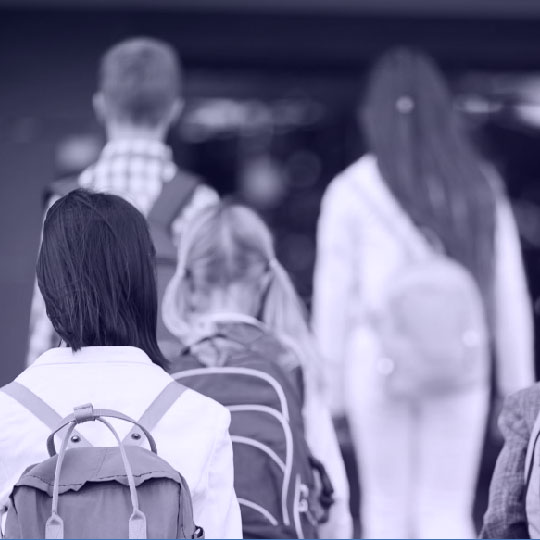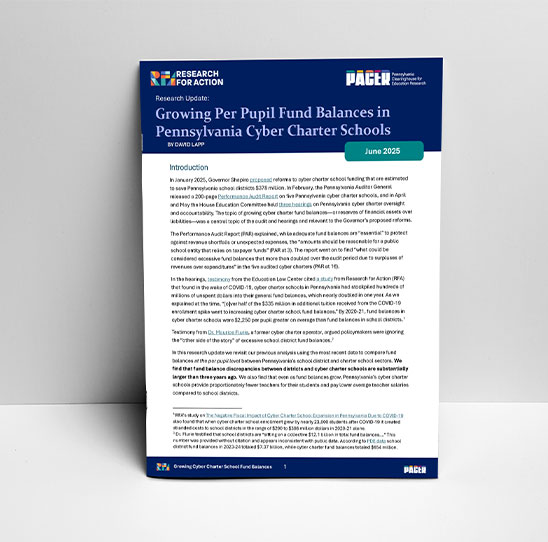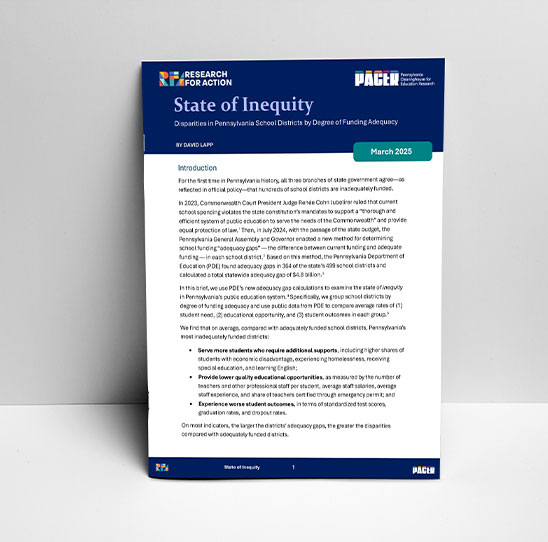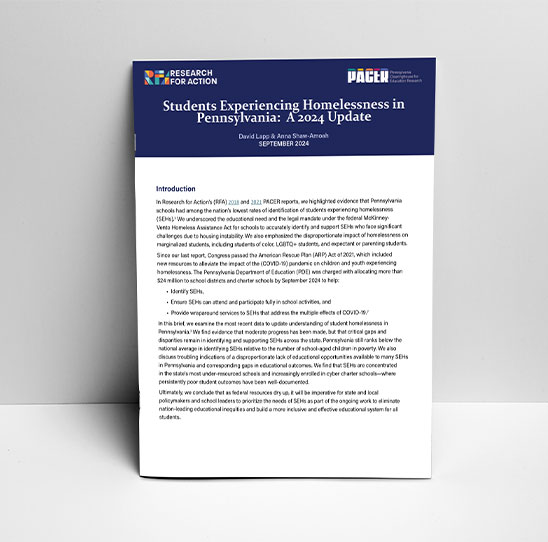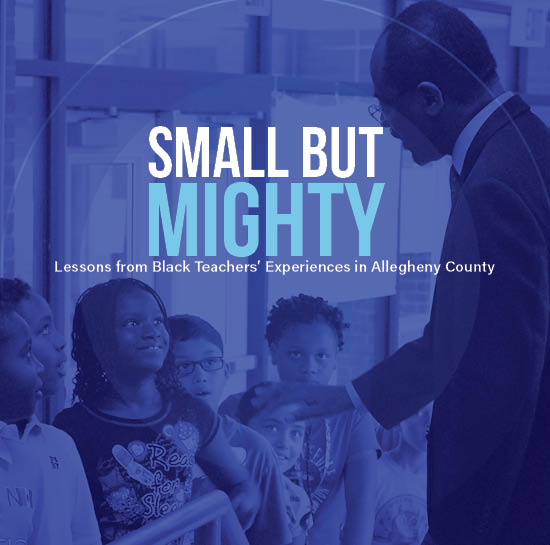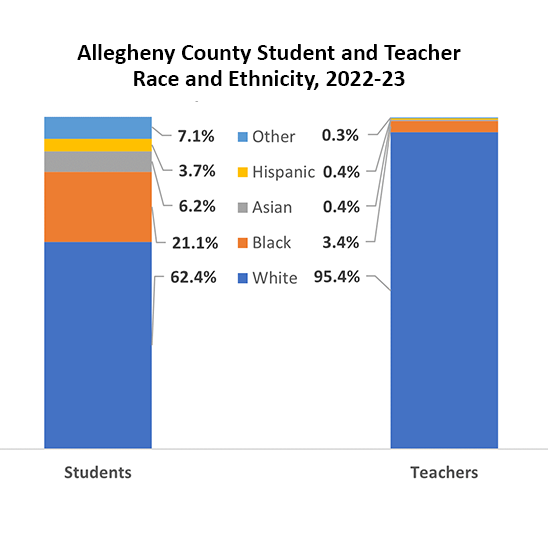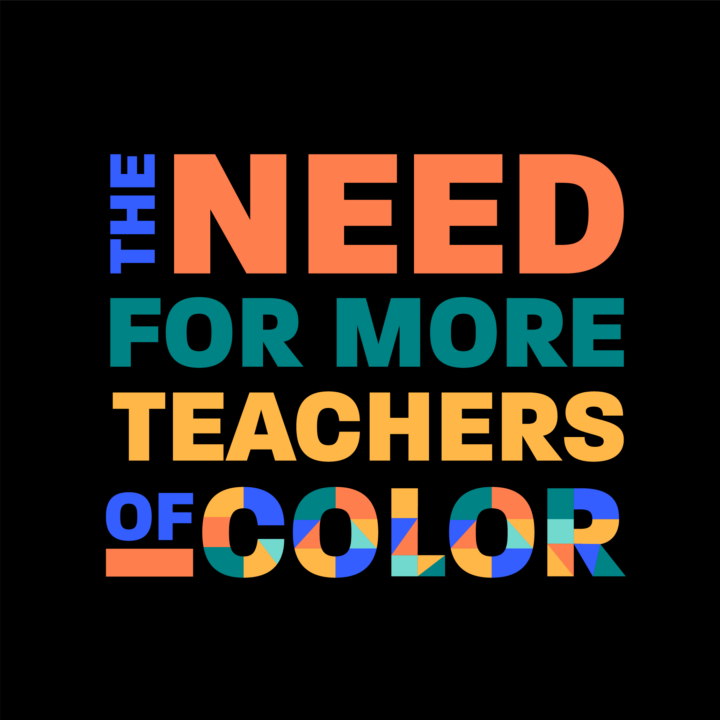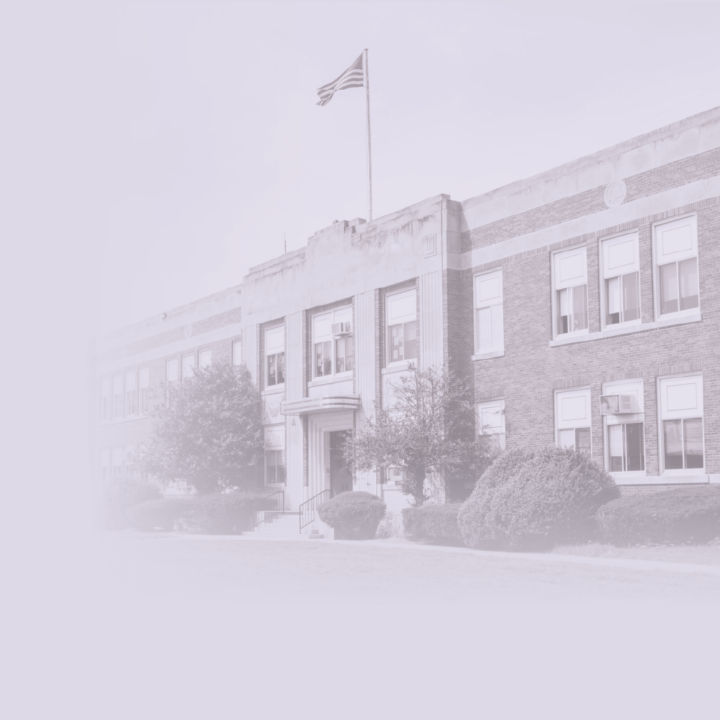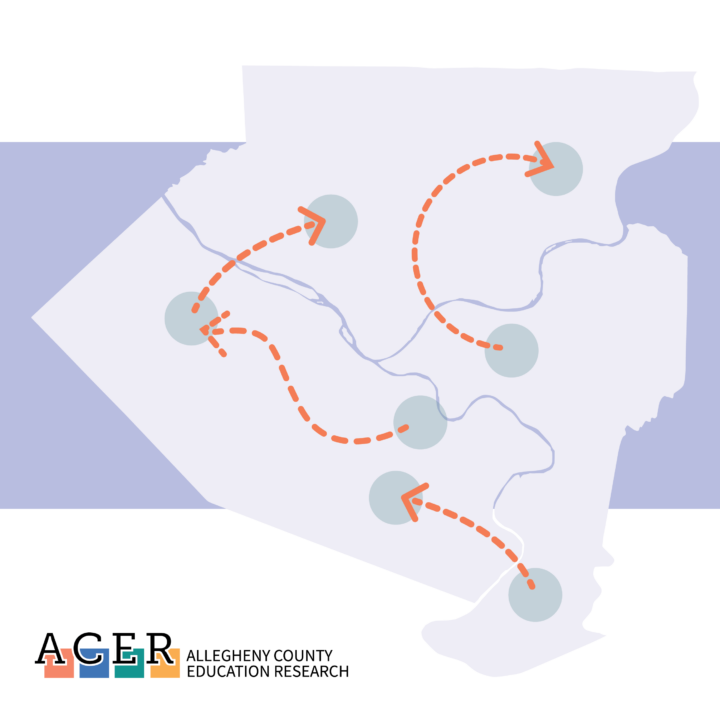Properly identifying when students are experiencing homelessness is the first step to providing them academic supports and other rights afforded by federal law. As RFA found in 2018, Pennsylvania schools have a history of under-identification. The aftershocks of the COVID-19 pandemic are likely to bring more families to the tipping point of homelessness and PA schools will need to support these growing numbers of students experiencing homelessness (“SEH“) over the next few years.
In this brief, we provide some evidence of improvement in identification of SEH in PA; however, rates vary by school community and Pennsylvania overall ranks only 36th out of 50 states in identification of SEH per school-aged children in poverty.
The attached report presents the findings of RFA’s examination of newly available data:
- Over 31,000 PA students were identified as homeless in 2018-19 (1.8% of the total student population). This represents a 37% increase in SEH since 2013-14, while during the same time period, overall student enrollment declined by 1%.
- Even with this increase, PA schools identified just 10.1 SEH per 100 school-aged children in poverty, while in the nation overall, 15.7 SEH were identified per 100 in poverty—indicating that PA likely under-identifies SEH overall.
- Under-identification is particularly acute in Philadelphia, which has the lowest rate of identification of SEH among the 20 largest school systems in the nation (only 4 SEH per 100 in poverty). Enrollment rates are similar between Philadelphia’s district schools and the 22 schools converted to Renaissance charter schools, but significantly lower in the 66 traditional brick and mortar charter schools.
- The percentage of SEH in cyber charter schools increased from 0.4% in 2013-14 to 3.0% in 2018-19. There are now over 1,100 SEH attending PA’s cyber charter schools.
- SEH are highly mobile, so enrollment rates of SEH tend to increase over the course of a school year in public school districts and cyber charter schools. However, Pennsylvania’s brick-and-mortar charter schools have low rates of mid-year enrollment of SEH.
- Student homelessness in Pennsylvania is consistently higher in cities, however from 2013-14 to 2018-19 student homelessness in suburbs/towns and rural areas grew at higher rates than in cities (55%, 50%, and 19% increases respectively).
